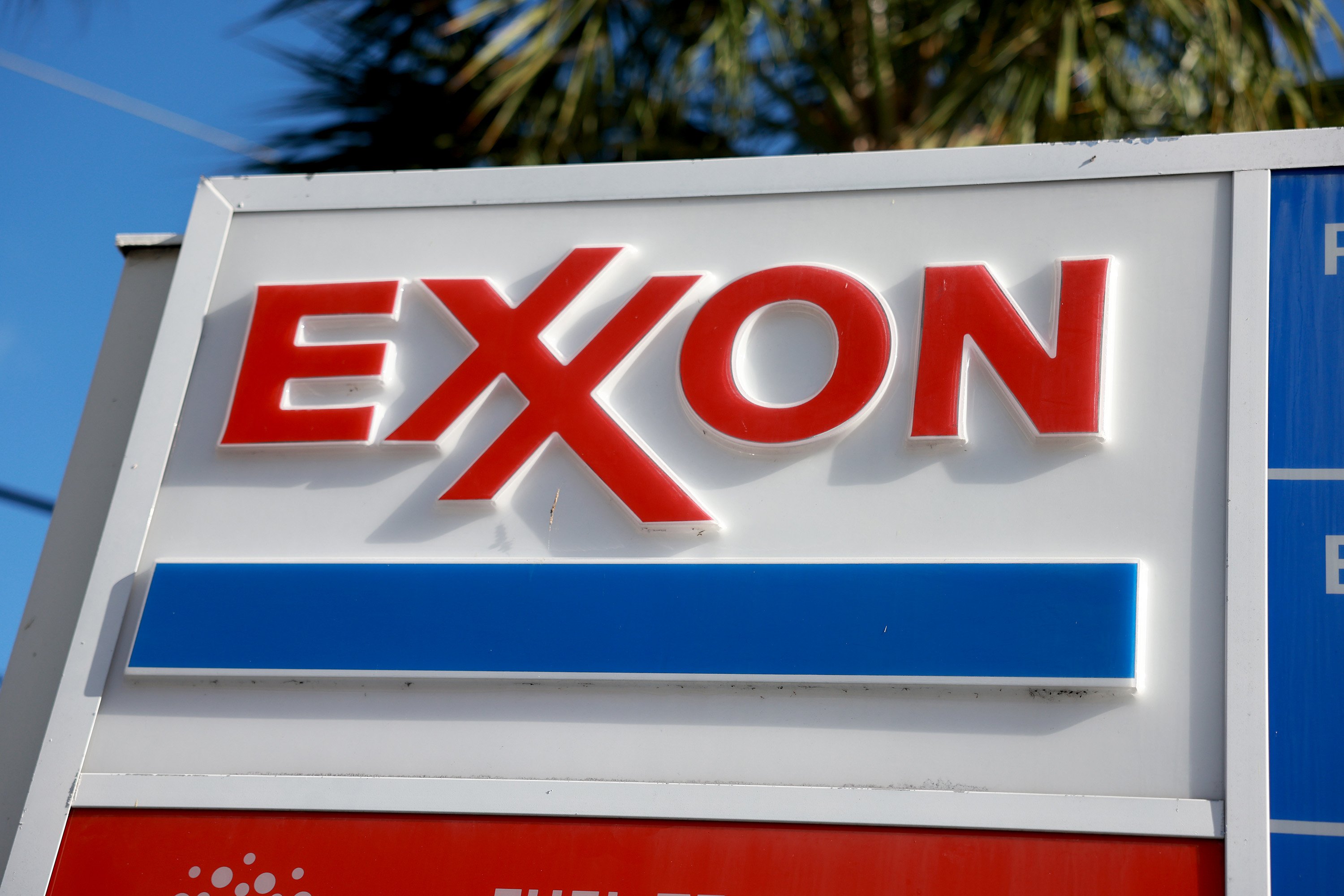What happened
Crude oil prices tanked on Friday, with both WTI (the U.S. benchmark price) and Brent (the global benchmark) tumbling more than 8.5% by 11:30 a.m. EST. That sell-off in the oil market drove down shares of oil producers, with several big names plunging. Among the notable movers were Occidental Petroleum (OXY 0.32%), Continental Resources (CLR +0.00%), Devon Energy (DVN 0.05%), and Diamondback Energy (FANG 0.17%), which all fell more than 10% this morning. Meanwhile, oil behemoth ExxonMobil (XOM 0.60%) shed more than 5% of its value at one point, wiping away another $10 billion from its market capitalization.
So what
Oil tumbled after reports surfaced that Russia -- a key ally in the OPEC alliance (known as OPEC+) to curb oil supplies -- has rejected OPEC's recommendation of making extra production cuts. In the country's view, a bigger reduction in oil supplies won't solve the market's current problems. OPEC had wanted an additional 1.5 million barrels per day of production cuts through the end of this year to offset the impact that the COVID-19 coronavirus outbreak is having on oil demand.

Image source: Getty Images.
News that Russia won't agree to additional cuts sent WTI down to $42 a barrel and pushed Brent to around $45 a barrel. Analysts, however, believe that both could fall below $40 a barrel if OPEC and Russia don't enact deeper cuts.
Those oil price points are painful for U.S.-focused producers, even those with low operating costs like Continental Resources, Devon Energy, and Diamondback Energy. Devon Energy, for example, needs WTI to average $46.50 per barrel to support its two-year operating plan. Diamondback Energy, meanwhile, needs oil at $47.50 a barrel this year so that it can generate enough cash to support its capital budget and dividend. Continental Resources has an even higher break-even level of around $50 a barrel. With crude slumping below those levels, these drillers might need to reduce their budgets so that they don't outspend cash flow.
Occidental Petroleum, meanwhile, made a massive bet on higher oil prices last year when it bought Anadarko Petroleum for $55 billion. It planned to use the cash flow generated at higher oil prices, as well as the proceeds from asset sales, to quickly repay the debt it took on to complete that transaction. However, with crude tumbling, investors are growing more worried that Occidental might need to cut its dividend -- which now yields close to an eye-popping 11% -- so that it can get its balance sheet back on solid ground.
ExxonMobil, meanwhile, recently reaffirmed its plan to keep spending even though crude prices have weakened considerably this year. That's because the company believes the current price swing isn't permanent. Investors and analysts, however, worry that the company's debt will keep ballooning, which might force it to reduce its dividend, which now yields around 7%.
Now what
With Russia resisting deeper oil production cuts, it doesn't appear as if OPEC will come to rescue the energy market this time. Because of that, crude prices could continue falling until the COVID-19 coronavirus outbreak begins to subside and global oil demand starts improving. That could force oil companies in the U.S. to slash their drilling budgets so that they're not adding more supply to an already saturated oil market.






